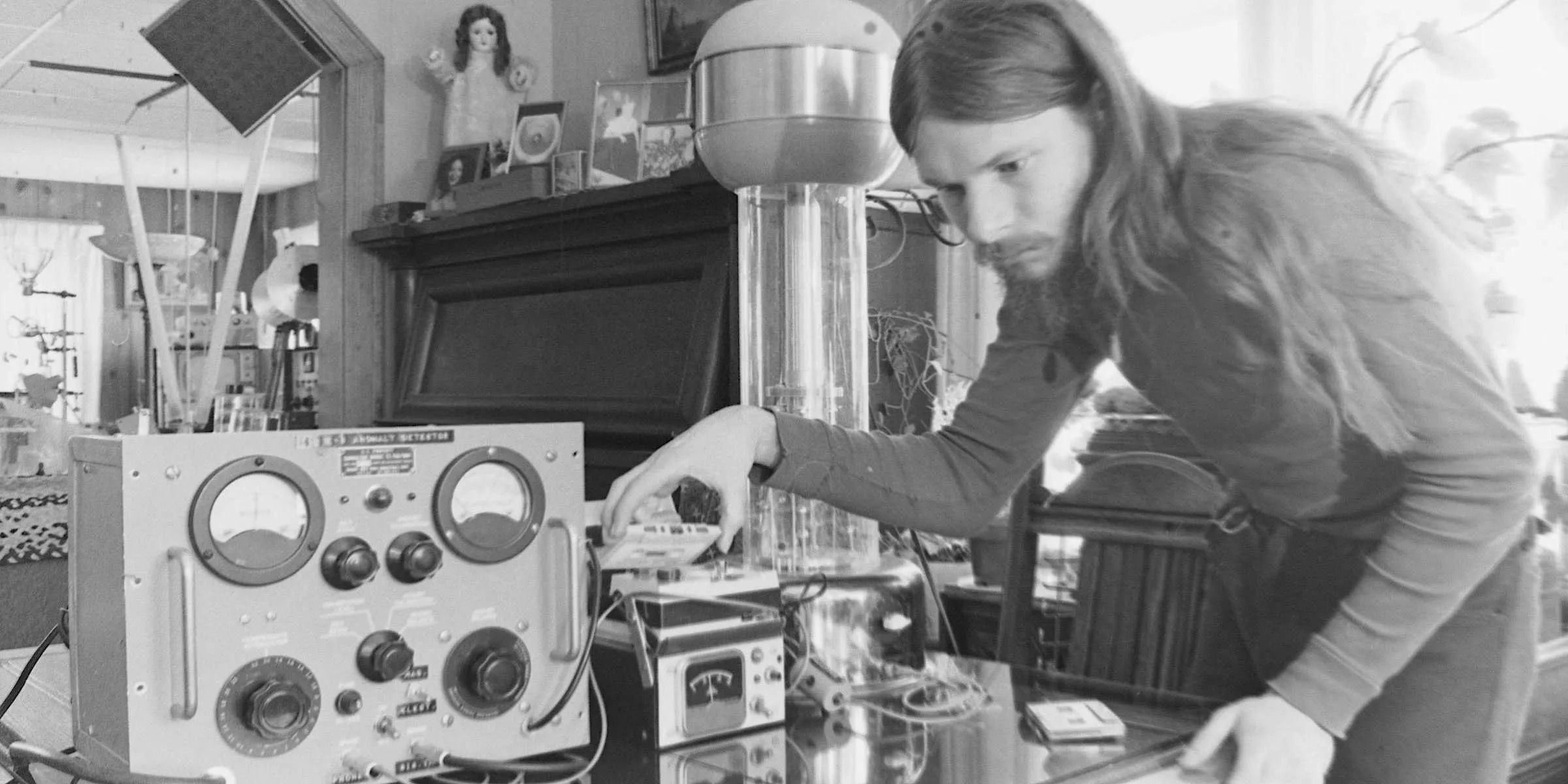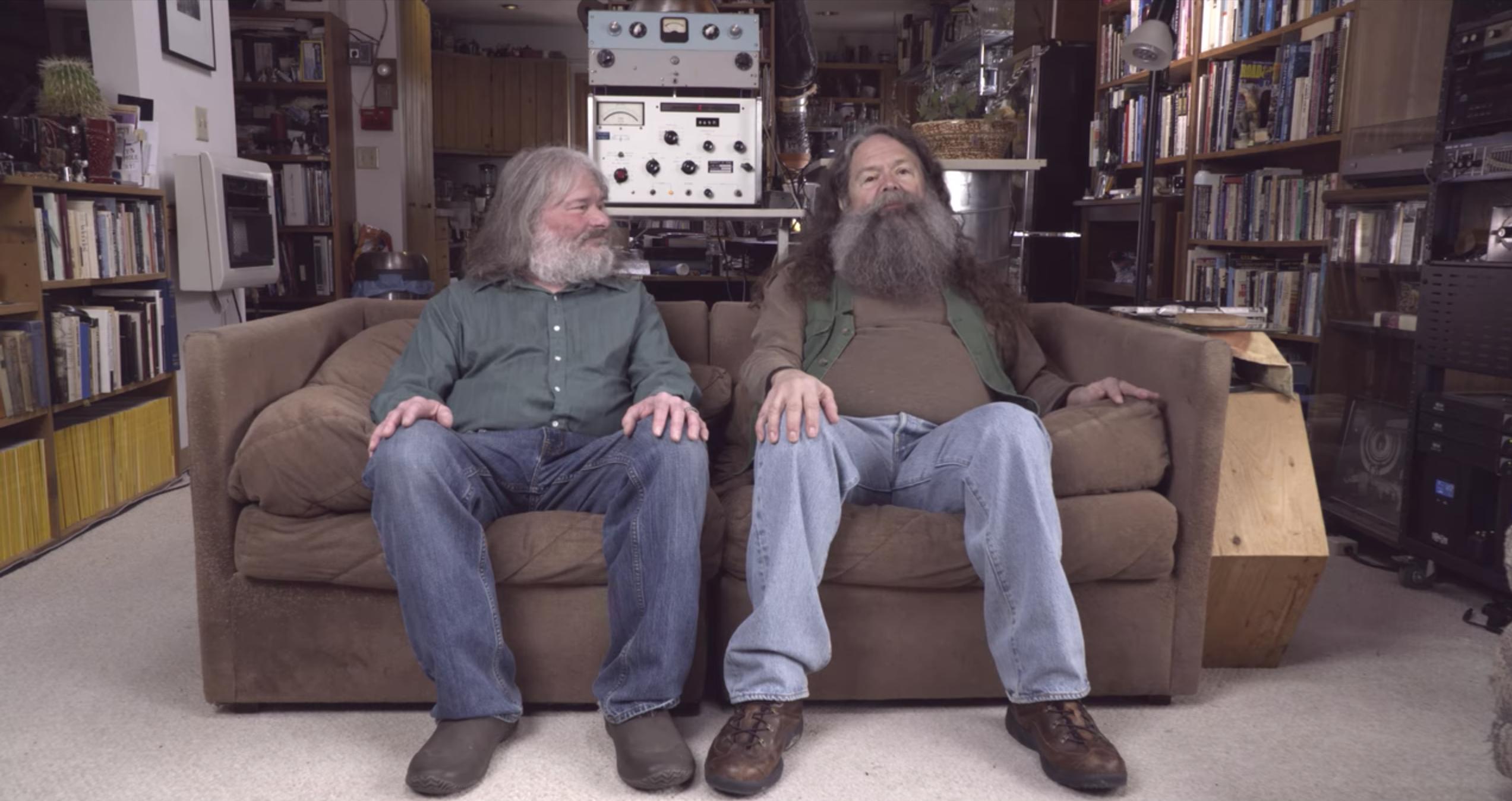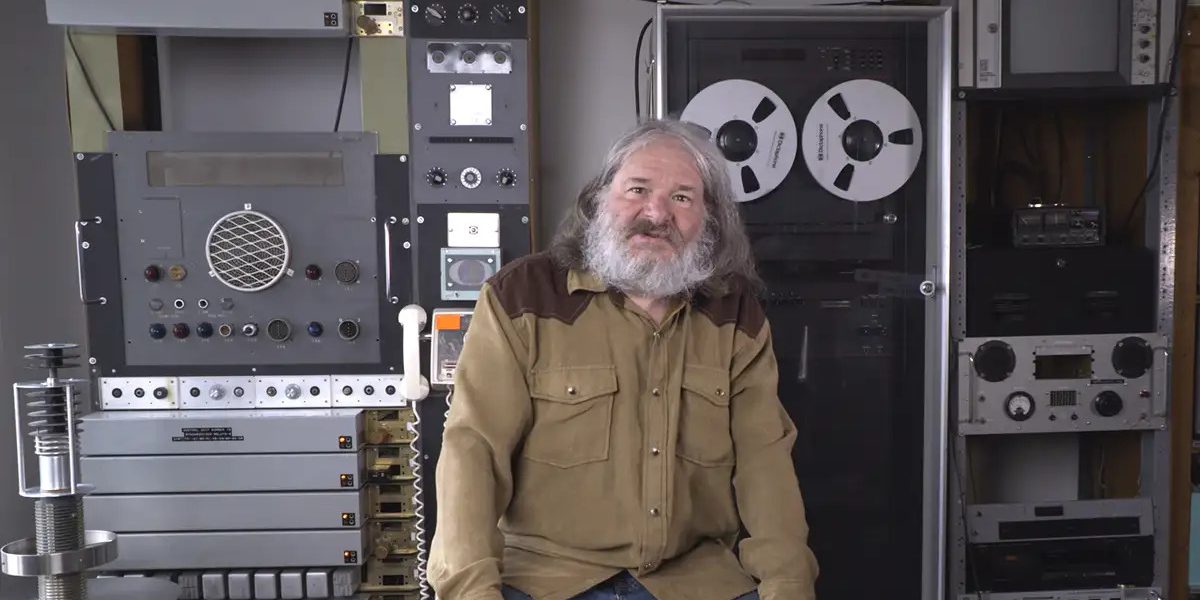In the realm of human pursuits, some individuals dedicate their entire lives to a singular concept, thought, or obsession, often extending beyond our comprehension. Regrettably, we may hastily label or judge them without recognizing the human being beneath those obsessions, each with a unique story to tell. John Shepherd’s narrative follows a similar path—a journey spanning almost three decades, consumed by his relentless pursuit of contacting aliens. His intriguing story takes center stage in the critically acclaimed short documentary titled ‘John Was Trying To Contact Aliens,’ offering viewers a glimpse into his world. Through this lens, the documentary sheds light on the man behind what may initially seem like a peculiar and bizarre narrative, revealing the depth and humanity within his seemingly unconventional life.
John Shepherd Used Music to Try to Talk to Aliens
John’s early years were marked by hardship, with a childhood he describes as lonely because his father abandoned his family very soon after John was born and his mother became emotionally distant. Witnessing the struggles of this young boy, his grandparents stepped in, providing him refuge in a small northern town in Michigan. It was within this environment that John’s fascination with science began to take root. By the age of 12, he was already experimenting with coils and bulbs, finding solace and inspiration in the world of scientific exploration. His grandfather, whom John fondly describes as a skilled machinist, became the supportive friend and mentor that John needed during these formative years.

Yet, it was his grandmother who emerged as John’s true confidante and ally. He describes her as the one who encouraged his creative pursuits, it was her genuine interest that propelled him to envision realms beyond Earth. However, John’s life unfolded with additional complexities. By the age of 12, he grappled with the realization that he was gay, a challenging identity to navigate in a small town. At 16, John developed a profound fascination with UFOs and alien sightings, shaping a determined plan. Enthused after being smitten with shows like ‘The Atomic Submarine’ and ‘The Outer Limits,’ his goal was to establish contact with extraterrestrial beings, and he uniquely chose music as his chosen language for this cosmic communication.
At the young age of 21 in the 1970s, John embarked on the establishment of a station that would serve as his platform for broadcasting songs over radio waves for 6 to 8 hours, all at a very low frequency, with the intent of reaching any extraterrestrial beings who might be listening. What set John’s cosmic broadcast apart was not only the audacious nature of the endeavor but also his eclectic choice of music. Ranging from jazz to reggae, electronic music to Afro, John curated a playlist that transcended global boundaries. His idea was to use a universal language that one does not need to understand but feel.
Before long, John’s initiative outgrew his room, spilling into the living room and eventually taking over the entire house. The culmination of his efforts materialized in the construction of a two-story structure in the backyard, housing a 60,000-volt transmitter that marked the commencement of Project STRAT, an acronym for ‘Special Telemetry Research And Tracking’ from where the music continued. The documentary features some glimpses of the said transmitter, and it comes across as a space station, ready to launch some ship, constantly blinking with mysterious lights and attracting the attention of anyone who would cross it.
John Shepherd Leads a Quiet Life Now
In 1993, John crossed paths with John Litrenta, finding both love and a shared home. Having lost his grandmother in 1988 and his grandfather a few years prior, John embarked on a new chapter with Litrenta. Despite Litrenta being aware of John’s unique passion before witnessing it firsthand, the sight of John’s intricate setup left him visibly stunned. Yet, accompanying the surprise was a deep admiration for the dedication and precision that John had invested in his extraordinary project.

Over the years, John sustained his unique project by taking on odd jobs, utilizing his grandmother’s savings, and securing some funding. However, by 1998, financial constraints reached a point where he could no longer afford to maintain his elaborate setup. Reluctantly, he dismantled the intricate array. Despite nearly three decades of earnest attempts to establish contact with extraterrestrial beings, success had eluded him, and his recognition remained confined to a niche community of sci-fi enthusiasts in Michigan. John, in an act of closure, stored some of the equipment in his garage, revisiting it periodically as a reminder of the journey he had undertaken and the person he had become.
The documentary catapulted John into the spotlight, leading to numerous interviews with various media outlets where he delved into more detailed responses. During one of these interviews, when discussing what drove him, he said, “From the very beginning, it was an exploration, a search with a scientific method. But it was also a reaching out with an artistic sort of method. The music, the building and fine-tuning of the machines from scratch, and working with my own hands was its own art, but it was also an exploration. The beauty of it was, I never gave up exploring even if I didn’t get hard data. The quest was still there, the chance to do the exploring was always alive.”
Since the series of interviews following the documentary’s release, John has chosen to maintain a low profile, and little information is available about his current endeavors. We would like to envision that he continues to reside in the same house in Michigan with Litrenta, possibly enjoying a sense of contentment and happiness that surpasses any experience before.
Read More: Best UFO Movies


You must be logged in to post a comment.